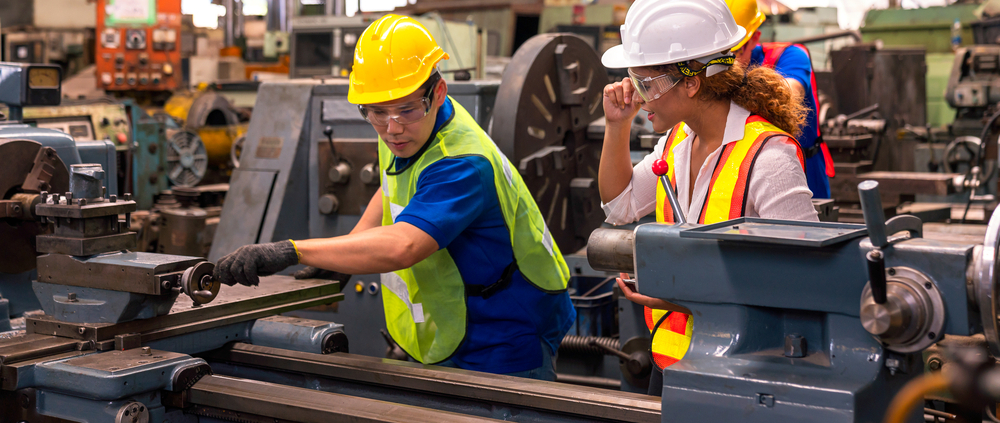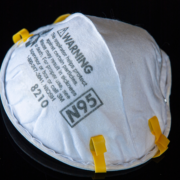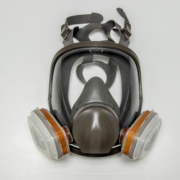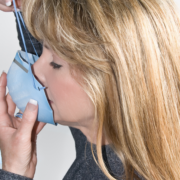Why Personal Protective Equipment Is So Important In Manufacturing Environments
No matter the type of manufacturing environment, it is bound to be home to a wide variety of large machinery, electrical equipment and a host of corrosive and toxic materials. As a result, it’s a no-brainer for workers in the manufacturing industry to make safety their top priority. This is where personal protective equipment (PPE) comes in. Becoming more of a popular term during the COVID-19 pandemic, PPE is a necessity in all manufacturing environments.
What types of PPE are there?
As you know, we have many body parts that need protecting. So as you can imagine, there are various ways to stay protected while on a jobsite. Remember that the entire point of PPE is to create a physical barrier between the wearer and the materials he/she is working with that may cause harm. Since our entire bodies need to be protected, PPE includes such items as gloves, goggles, ear plugs, muffs, hard hats, respirators, masks and even full body suits.
According to Prema Srinivasan of digital technology company, PTC, the top five types of personal protective equipment for manufacturing are eyewear, respirators, headphones, skin and hand protection and fall protection. Eyewear refers to safety glasses and similar items that stop splinters, fragments of material and harmful substances from injuring workers’ eyes during manufacturing operations, Srinivasan explains.
Noise-cancelling headphones prevent hearing damage from manufacturing machinery that produces a lot of noise. Gloves and hazmat suits offer skin and hand protection. They may be necessary if your workforce handles corrosive or potentially poisonous substances. Harnesses can prevent injuries if workers happen to fall from high heights. Finally, breathing masks prevent workers from inhaling dangerous particles, dust or harmful chemicals.
What types of PPE are best suited for your manufacturing plant?
The Canadian Centre for Occupational Health and Safety (CCOHS) advises manufacturers to develop a PPE program. The objective is to accurately identify the specific hazards of their worksites. They stress that work practices, processes, job procedures, equipment, products, workplace layout and individual factors should be examined.
“Particular attention should be paid to job requirements as some types of hazards require more than one piece of PPE,” informs CCOHS, “For example, working with chlorine may require respiratory, skin, and eye protection because chlorine irritates both the respiratory system and the mucous membranes of the eyes. It is important to continually review Safety Data Sheets (SDSs) as they indicate the hazards associated with specific products and make PPE recommendations.”
How can MaskFit Plus help your manufacturing factory to stay safe?
At MaskFit Plus, we provide Mask Fit Testing Certifications that are approved by Occupational Health and Safety (OHSA). We deliver Qualitative Fit Testing (QFLT) certifications at either our locations or your premises. Our highly skilled mask fit specialists are 3M mask fit test certified. We create an effective, informative and fun learning environment to maximize learning and to make you and your team feel comfortable and safe while wearing a mask or respirator.
We also offer such Personal Protective Equipment as top brand N95 masks, half-face and full-face respirators. For more information, please don’t hesitate to give us a call at 289-643-6222 or fill out the form on our Contact Us page!









Leave a Reply
Want to join the discussion?Feel free to contribute!